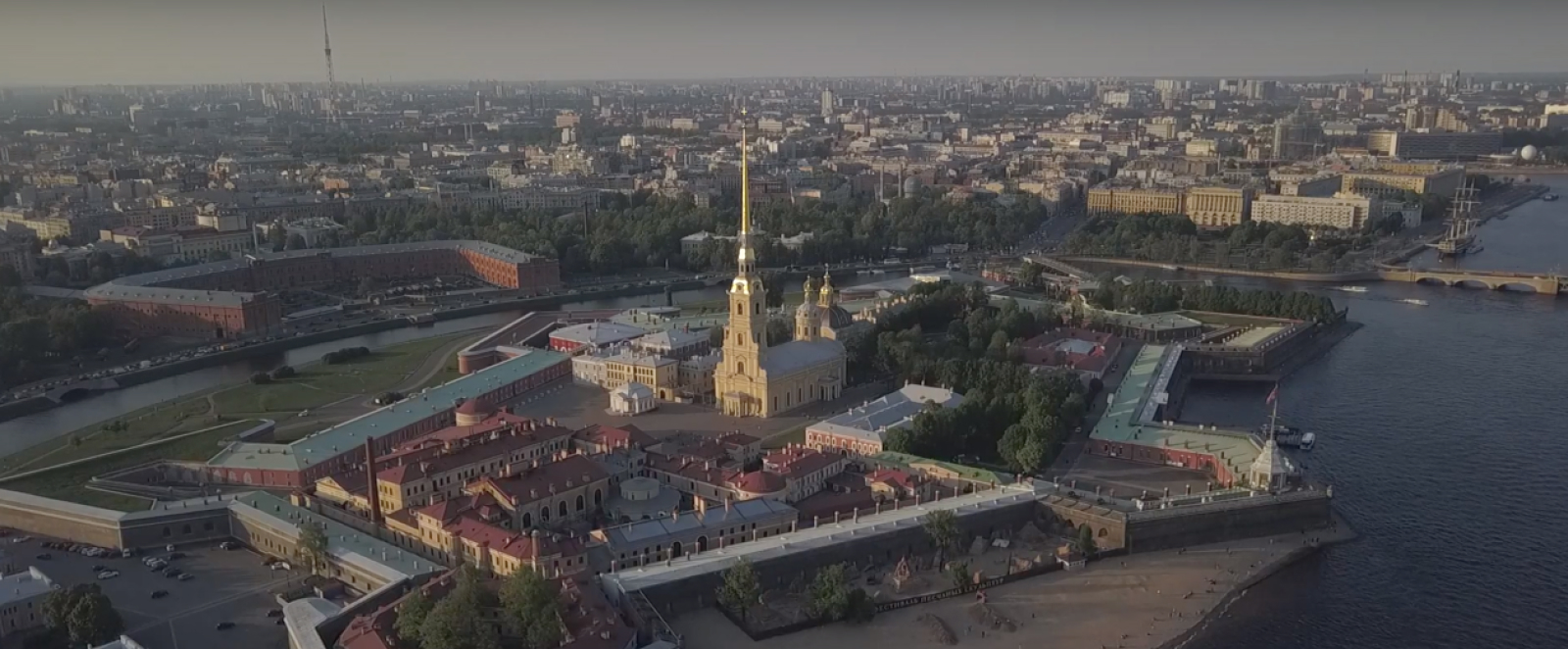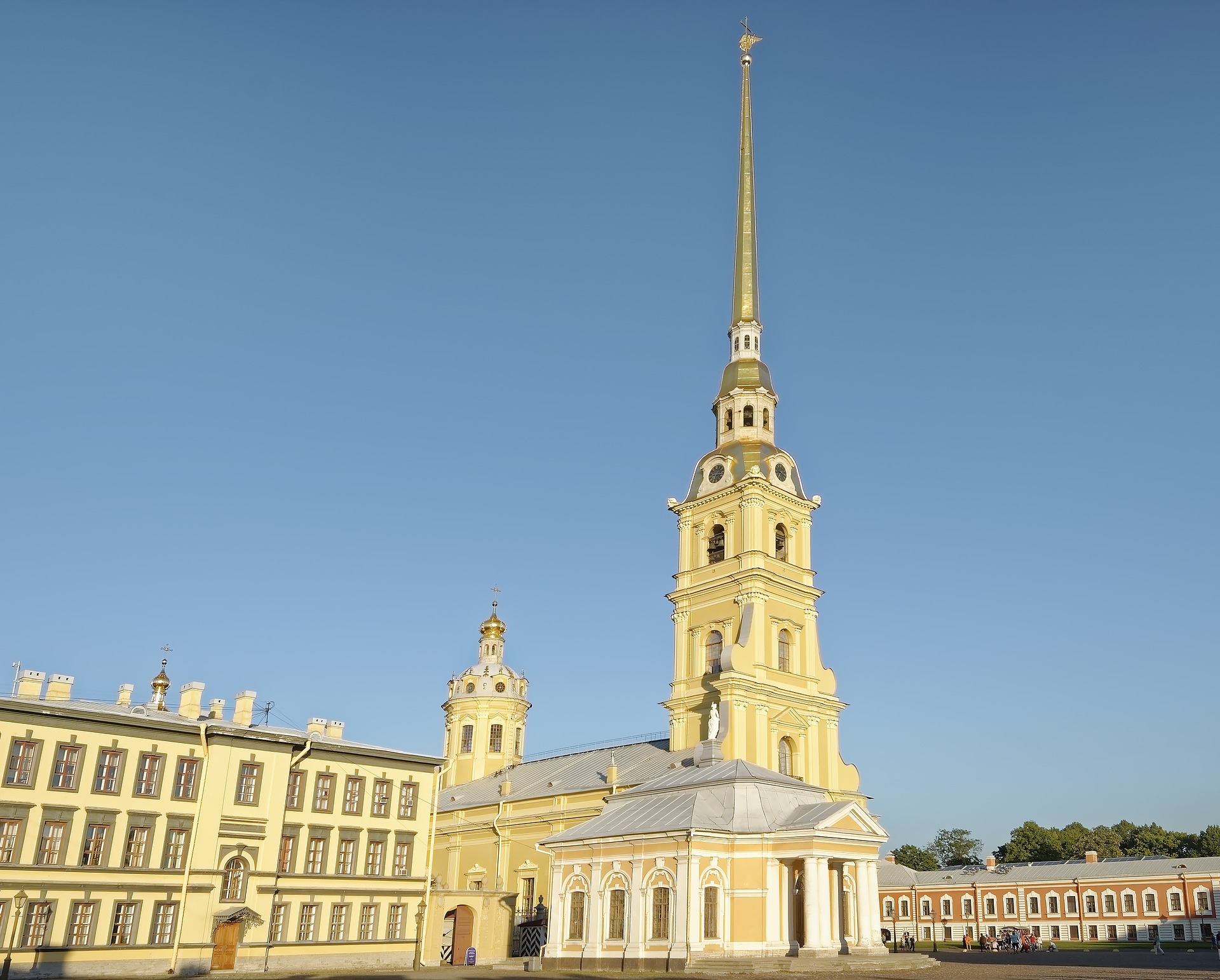Who doesn’t know the Museum of Cosmonautics in Moscow? It is one of the largest museums in the world dedicated to space exploration and rocketry. However, St. Petersburg also has its own museum of cosmonautics – much smaller in size, but certainly no less significant in the history of Russian cosmonautics. And all because it was in the premises where the halls of the museum are located that in 1932 a gas-dynamic laboratory was located under the leadership of engineer Valentin Glushko, it was here that the first Soviet rocket engines were created and tested, which are still in service with the Russian space industry. This secret Soviet laboratory, and now a museum, was located in the Ioanovsky Ravelin of the Peter and Paul Fortress – the place from which the city of St. Petersburg takes its history, and where every tourist who comes to the city strives to get. However, few people know that in addition to the fortress itself, the Peter and Paul Cathedral – the tomb of emperors and beautiful panoramas of the Neva River, you can also see the cradle of Soviet and Russian rocketry.
Valentin Glushko is a Soviet engineer and scientist in the field of rocket and space technology. One of the pioneers of rocket and space technology, the founder of the Soviet liquid-propellant rocket engine. In 1929-1974 he headed the Gas Dynamic Laboratory – Experimental Design Bureau, where under his leadership prototypes of the world’s first electrothermal rocket engine were created, and since 1930 – a large number of liquid-propellant rocket engines (LRE). Powerful liquid-propellant rocket engines designed by V. Glushko were installed on most of the first and second stages of Soviet carrier rockets and many combat missiles; they ensured the launch of the first Soviet artificial earth satellites into orbit, the flights of Yuri Gagarin and other Soviet cosmonauts, and the launch of automatic interplanetary stations to the Moon and planets of the Solar System. It is to him and his developments that the first halls of the museum are dedicated, where workrooms are recreated, personal belongings and tools of scientists are exhibited, as well as smokeless powder rockets (later used in the BM-13 mortar installation, the so-called “Katyusha”), liquid-propellant rocket engines and their direct descendants – cruise engines of space rockets.
In the largest hall of the museum, models of the first artificial satellite (launched in the USSR on October 4, 1957) and the Vostok spacecraft (on April 12, 1961, the world’s first cosmonaut Yuri Gagarin flew into space, and 16-19 June 1963, the first woman-cosmonaut V.V. Tereshkova flew into space). One of the most interesting exhibits of the museum is the descent vehicle of the Soyuz-16 spacecraft, which has been in space and returned to Earth in December 1974. The exposition presents a model of the International Space Station (on a scale of 1:50) – a manned orbital station used as a multipurpose space research complex. Deployment of the ISS in near-earth orbit began with the launch of the Zarya functional cargo block on November 20, 1998. The ISS is being built in orbit by successively adding another module to the complex. On November 2, 2000, the crew of the first main expedition arrived at the station. Today the ISS is a joint project involving space agencies ROSCOSMOS, NASA (USA), JAXA (Japan), CSA (Canada), ESA (European countries). In May 2017, the museum’s exposition was replenished with mock-ups of the eating area and the hygiene room in the Zvezda service module of the ISS Russian Segment (scale 1: 1). In front of the entrance to the museum in the Ioannovsky Ravelin, the descent vehicle of the topographic satellite “Kometa” is installed, which has been in space in the 1990s.
Information About the Excursion
Schedule
| Every day, except Tuesday | 11:00-18:00 |
| Tuesday | 11:00-17:00 |
| Wednesday | day off |
Public Transport
| Address | |
|---|---|
Petropavlovskaya Krepost, 3 | |
| Metro / Subway | |
| Gorkovskaya | |
| Trams | |
| Prospekt Dobroluybova | 6, 40, T1 |
| Buses | |
| Troitskaya Ploshchad | 49 |
| Marshrutkas | |
| Troitskaya Ploshchad | K-30 |
Share












